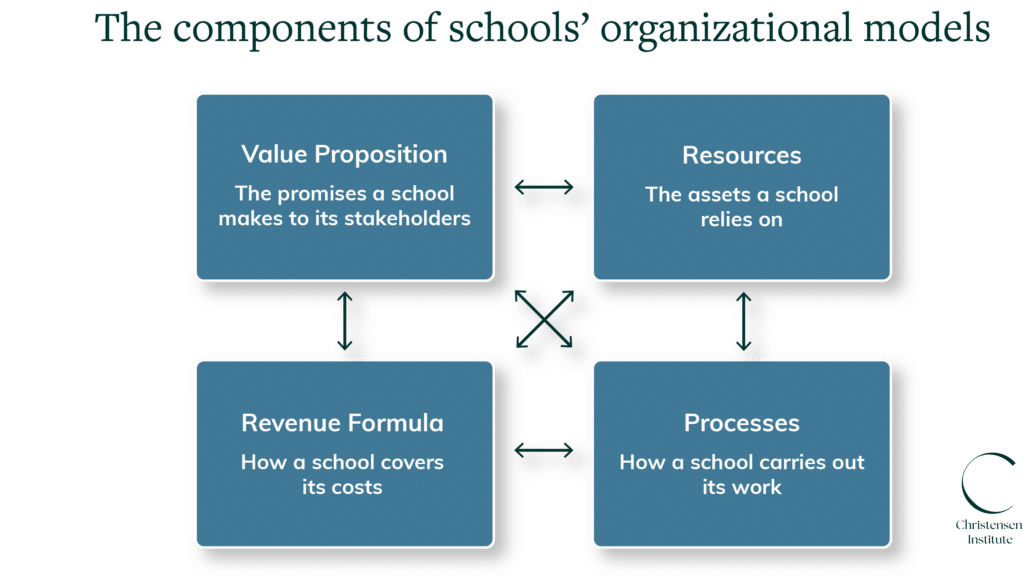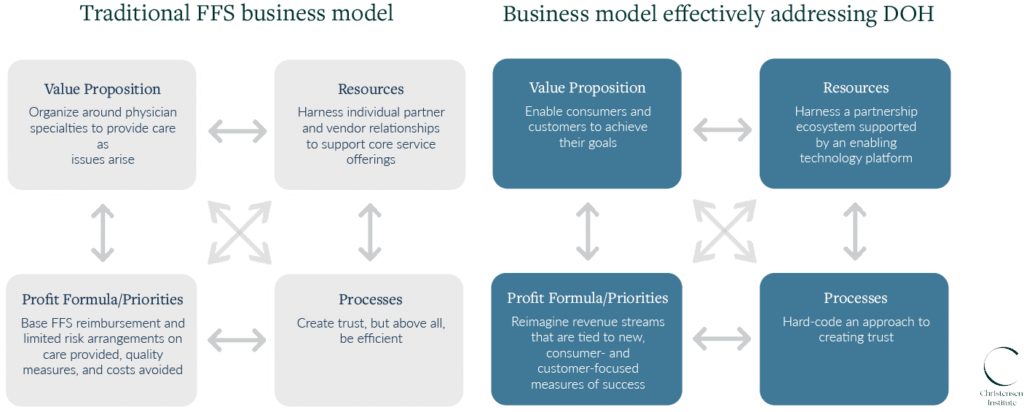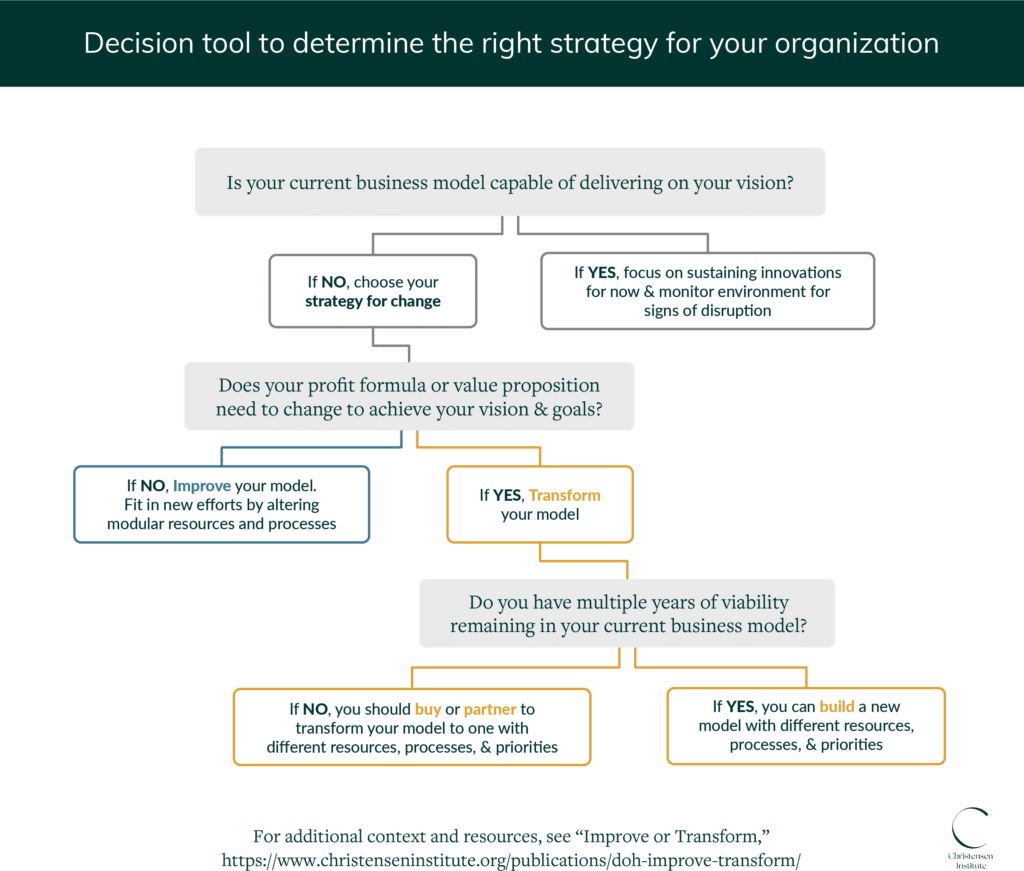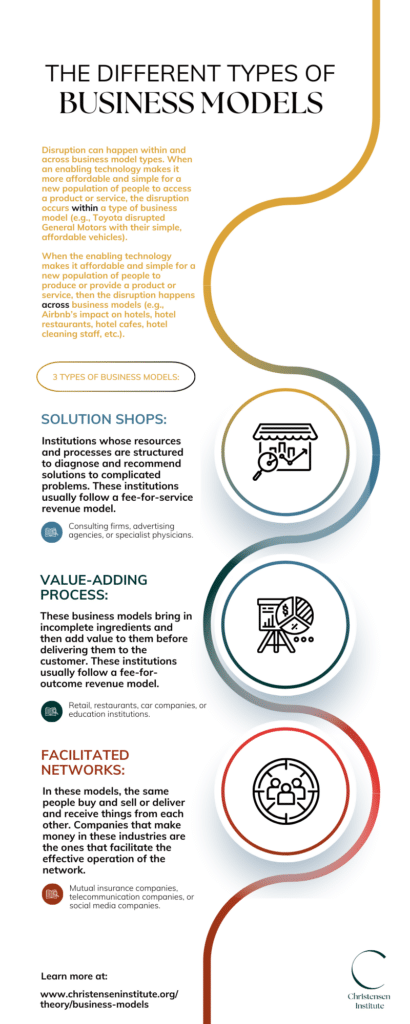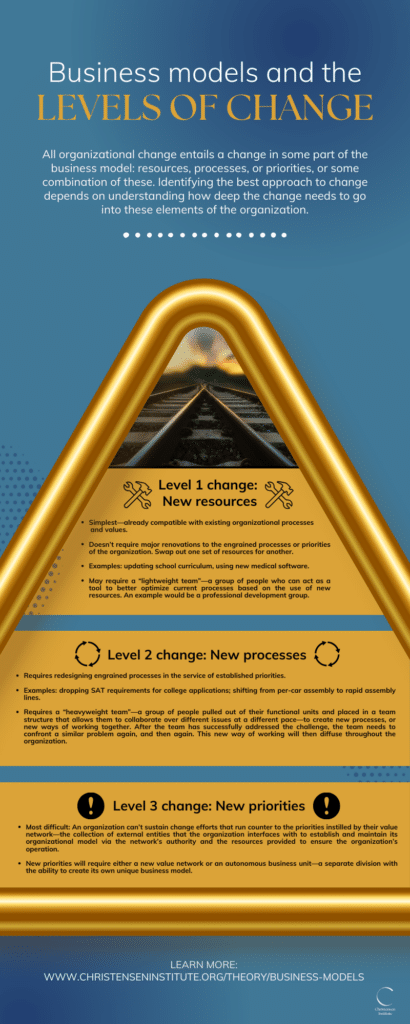Business Model Theory
The theory that determines an organization’s capabilities and priorities while predicting future success in the field or market.
Definition
This theory defines a business model as four interlocking elements that, when taken together, create and deliver value: value proposition, resources, processes, and profit formula/priorities. Business Model Theory is powerful because it can predict which initiatives will succeed and which ones will fail inside a given organization.
The first component of the business model is the value proposition, or the set of value propositions, a company offers to its customers. These are the promises an organization makes to fulfill customer needs or goals. Most businesses have multiple value propositions delivered to customers as products or services.
Resources are required to deliver value propositions. These are assets— people, technology, products, facilities, equipment, brands, and cash—both tangible and intangible.
As an organization works to deliver its value propositions repeatedly and effectively, processes emerge. These are the habitual ways of working together as people address repeated tasks successfully. Some processes are explicitly stated, documented, and followed. Others are unstated and executed as part of the unspoken culture. Examples include training, budgeting, planning, etc.
To cover all the costs associated with the resources and processes needed to deliver on the value propositions, as well as establish a margin to promote sustainability, organizations create a profit formula. This defines how the company will maintain viability and sustainability to support its cost structure over time.
The ways in which the four components reinforce one another makes the business model highly interconnected as resources and processes are replicated, repeated, improved and standardized. Thus, it’s more challenging to alter the longer it exists.
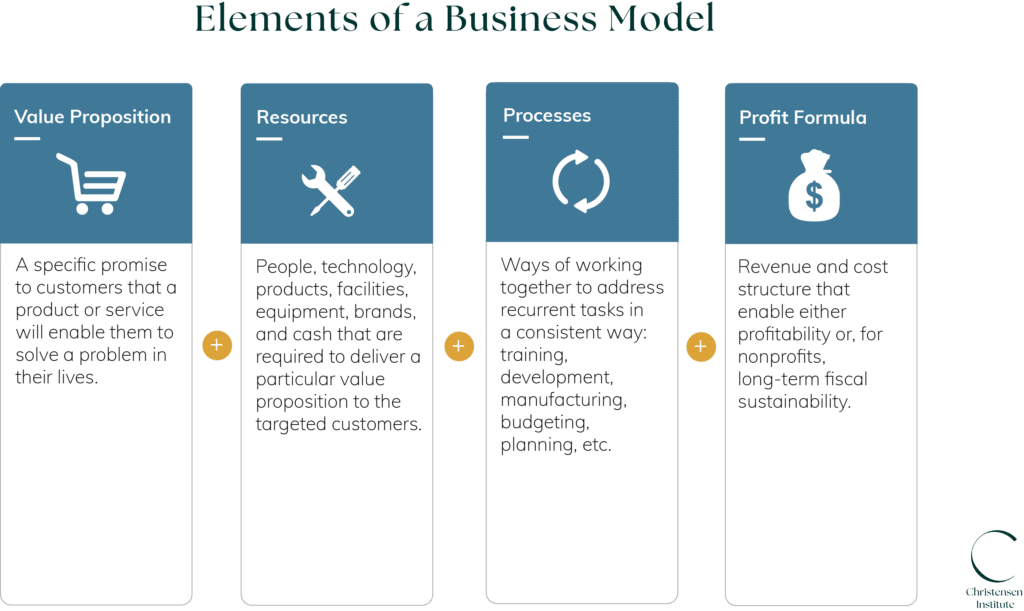
Unique Insight
If a proposed innovation creates friction with established capabilities, it won’t gain internal traction. Similarly, if it threatens the existing profit formula, it won’t survive.
Explainer
How can companies and organizations respond to changing market and economic circumstances to remain innovative and relevant? It all depends on understanding how the components of a business model work together, and what it will and won’t sustain. Check out our helpful video.
Case Studies
Helpful Tools
Infographic: The right strategy for your organization
Should you make your existing business model better, or should you completely transform it? Click the image to download and check out our resource library for additional content.
First question: Is your current business model capable of delivering on your vision?
- If you answer “yes:” Focus on sustaining innovations for now and monitor the environment for signs of disruption.
- If you answer “no:” You must choose your strategy.
Second question—choose your strategy: Does your profit formula or value proposition need to change to achieve your vision and goals?
- If you answer “no:” Improve your model. Fit in new efforts by altering modular resources and processes.
- If you answer “yes:” Transform your model.
Third question—transform your model: Do you have multiple years of viability remaining in your current business model?
- If you answer “no:” Buy or partner to transform your model to one with different resources, processes, and priorities.
- If you answer “yes:” Build a new model with different resources, processes, and priorities.
Infographic: The different types of business models
Disruption can happen within and across business model types. When an enabling technology makes it more affordable and simple for a new population of people to access a product or service, the disruption occurs within a type of business model (e.g., Toyota disrupted General Motors with their simple, affordable vehicles). When the enabling technology makes it affordable and simple for a new population of people to produce or provide a product or service, then the disruption happens across business models (e.g., Airbnb’s impact on hotels, hotel restaurants, hotel cafes, hotel cleaning staff, etc.)
3 types of business models:
Solution shops:
Institutions whose resources and processes are structured to diagnose and recommend solutions to complicated problems. These institutions usually follow a fee-for-service revenue model.
Example: Consulting firms, advertising agencies, or specialist physicians.
Value-adding process:
These business models bring in incomplete ingredients and then add value to them before delivering them to the customer. These institutions usually follow a fee-for-outcome revenue model.
Example: Retail, restaurants, car companies, or education institutions.
Facilitated networks:
In these models, the same people buy and sell or deliver and receive things from each other. Companies that make money in these industries are the ones that facilitate the effective operation of the network.
Example: Mutual insurance companies, telecommunication companies, or social media companies.
Infographic: Business models and the levels of change
All organizational change entails a change in some part of the business model: resources, processes, or priorities, or some combination of these. Identifying the best approach to change depends on understanding how deep the change needs to go into these elements of the organization.
Level 1 change: New resources
- Simplest—already compatible with existing organizational processes and values.
- Doesn’t require major renovations to the engrained processes or priorities of the organization. Swap out one set of resources for another.
- Examples: updating school curriculum, using new medical software.
- May require a “lightweight team”—a group of people who can act as a tool to better optimize current processes based on the use of new resources. An example would be a professional development group.
Level 2 change: New processes
- Requires redesigning engrained processes in the service of established priorities.
- Examples: dropping SAT requirements for college applications; shifting from per-car assembly to rapid assembly lines.
- Requires a “heavyweight team”—a group of people pulled out of their functional units and placed in a team structure that allows them to collaborate over different issues at a different pace—to create new processes, or new ways of working together. After the team has successfully addressed the challenge, the team needs to confront a similar problem again, and then again. This new way of working will then diffuse throughout the organization.
Level 3 change: New priorities
- Most difficult: An organization can’t sustain change efforts that run counter to the priorities instilled by their value network—the collection of external entities that the organization interfaces with to establish and maintain its organizational model via the network’s authority and the resources provided to ensure the organization’s operation.
- New priorities will require either a new value network or an autonomous business unit—a separate division with the ability to create its own unique business model.
At the Clayton Christensen Institute, we’re using Business Model Theory to:

Reimagine a better higher education model
Why is the business model of elite institutions breaking down for most of the country’s colleges and universities? And does this breakdown signal a need to shift priorities both in how a majority of institutions serve students and in how systems determine the value of those institutions?

Predict the success of health care’s vertical integration trend
Is vertical integration—the acquisition of a key component of a company’s supply chain, either upstream or downstream from its own core competency—really the winning strategy to improve health systems’ bottom lines? As Business Model Theory suggests, it’s not a one-size-fits-all strategy for success. This is especially true in health care, where a vertical integration approach necessitates that one run various types of business models under one roof.

Harness market-creating innovations
Innovation doesn’t need to be flashy in order to make a big impact. In surveying more than 100 market-creating innovations (MCIs)—innovations that transform previously expensive, complicated products into ones that are simple and affordable so that new populations of people can consume them—our research found that MCIs can completely transform their relative industries. Yet what’s interesting is that many of the companies and entrepreneurs responsible for these vital innovations never used any kind of cutting-edge technology at all…just new business models.
